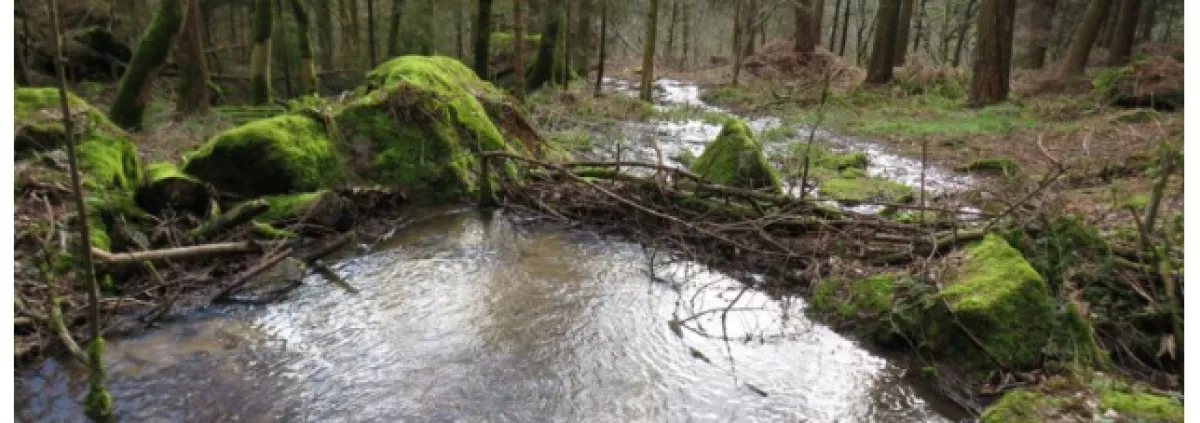Inspired by voluntary work with Slow The Flow, Sophie Tankard, a Masters student investigating natural flood management at the School of Geography, University of Leeds, was awarded a bursary to continue research into the effects of natural flood management (NFM). Sophie analysed the effectiveness of the natural flood interventions which have already been installed in the Calder Valley and help inform Slow The Flow’s future projects.
Sophie's research made significant findings which included: personal, community and volunteering benefits, which combined to increase community resilience to flooding. Her research suggests NFM community projects produce important secondary benefits to the local community and provide support for the continued use of such schemes even where flood risk benefits cannot be determined.
Adapted abstract from the full paper:
Natural Flood Management (NFM) seeks to reduce flood risk by using and restoring natural processes as a sustainable solution. NFM has recently become popular with academics and government organisations, with many NFM projects ongoing within the UK, however, the effectiveness of NFM as a flood reduction tool is still debated.
To increase the evidence base and to encourage its adoption, the UK government funded 34 community NFM projects in 2017. Research evaluating the impact these projects have on a local community is sparse. A community based NFM project in Calderdale, West Yorkshire, which installed and has been monitoring NFM interventions since 2019 was studied. By evaluating the hydrological data collected by the project and the opinions of the local community a greater understanding of the effectiveness of community NFM projects on local flood risk and community reception was sought.
Analysis of the flood peaks and hydrographs indicated varied effectiveness of NFM interventions in reducing local flood risk. Of twenty potential flood events captured during an 18-month period, nine demonstrated a reduced flood peak timing, however the conditions, such as antecedent conditions or event rainfall, determining this effectiveness could not be established.
In addition to hydrological analysis, a community questionnaire was produced and received 51 responses. Questionnaire results showed acceptance and knowledge of NFM was high within the community. Personal and community benefits were identified, including environmental gains and improved mental health, particularly amongst NFM volunteers. NFM community projects themselves and the secondary benefits they produced both increased community resilience to flood events.
This research is the first to establish that NFM community projects produce important secondary benefits to the local community and provides support for the continued use of such schemes even where flood risk benefits cannot be determined.
